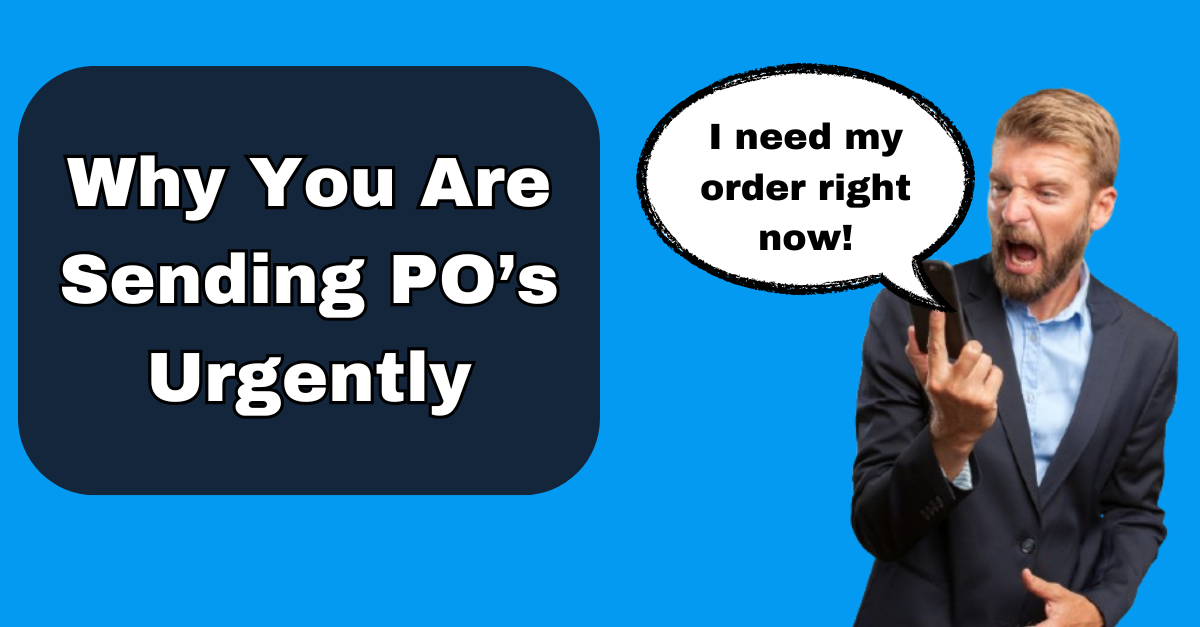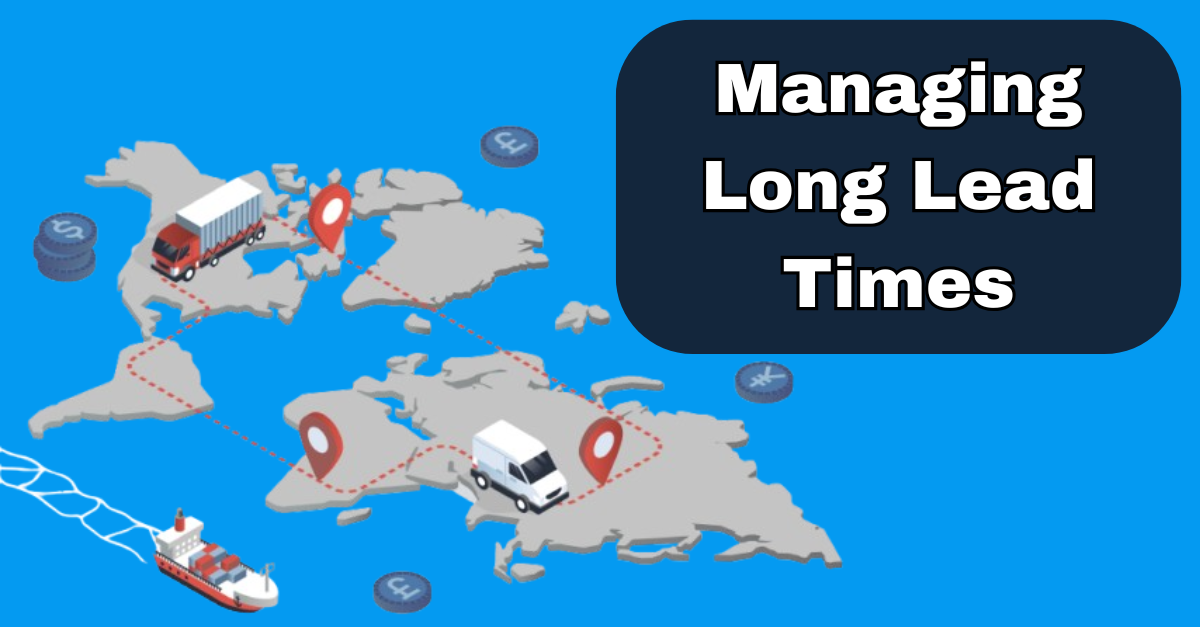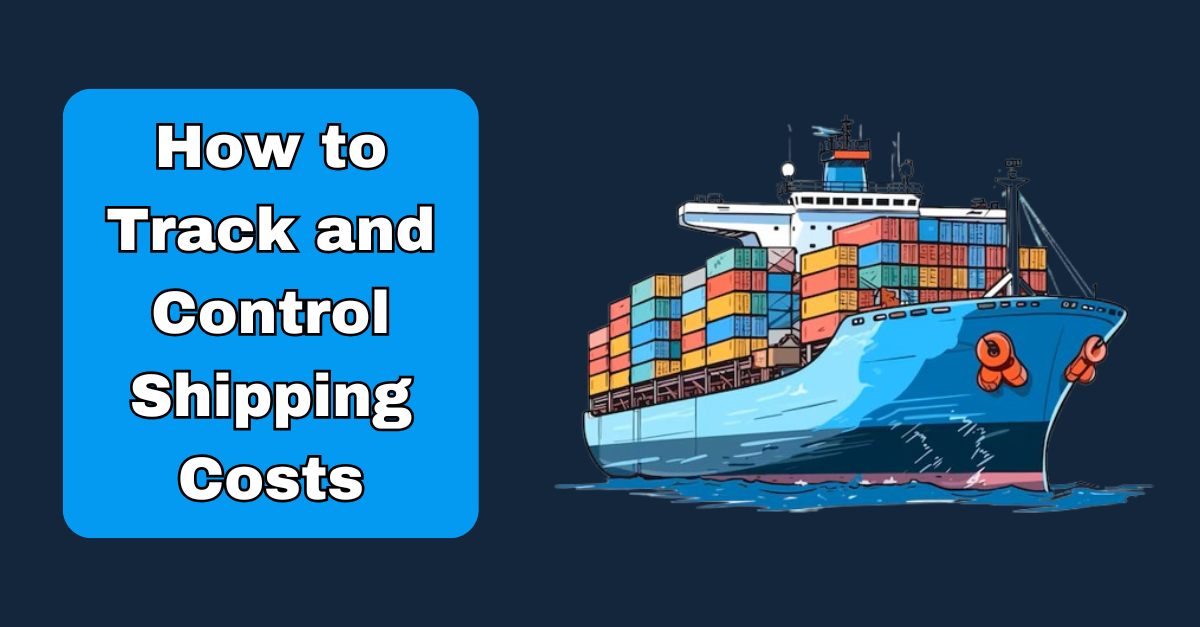Few things are as frustrating as losing a sale because you’ve run out of stock. Stockouts don’t just hurt your revenue - they can damage customer trust and disrupt operations. For growing brands, stockouts can feel unavoidable, but with the right strategies, they can be minimized, if not eliminated. Here’s how you can stay ahead of the problem.
Understand What’s Driving Stockouts
Stockouts often come down to one of a few common issues:
- Inaccurate Inventory Tracking: When you don’t have real-time visibility into your stock levels, it’s hard to know when you're running low until it’s too late.
- Unpredictable Demand: Seasonal surges, viral moments, or new product launches can drive demand beyond what you expected.
- Supply Chain Disruptions: A late shipment, a missed production deadline, or an unreliable supplier can grind operations to a halt.
- Manual Processes: Spreadsheets and guesswork simply can’t keep up when your business starts scaling.
The good news? Each of these challenges has a solution, and you don’t need to overcomplicate things to make progress.
Build a Solid Foundation with Technology
Investing in an inventory management system or operations management system (OMS) is one of the best moves for preventing stockouts. These tools give you real-time visibility into your inventory, so you always know what’s available. They can also send automated reorder alerts when stock levels dip too low, ensuring you’re always a step ahead.
For smaller brands, starting with something affordable and scalable is key. An OMS doesn’t have to be a huge investment - think of it as a way to gain control without adding complexity.
Improve Your Demand Forecasting
Growing businesses often struggle to predict demand accurately. Reviewing historical sales data can help you spot trends and plan for peak times. Take seasonality, promotions, and external factors into account. And remember: forecasting isn’t a one-time exercise. Regularly update your forecasts to reflect changes in your market or product lineup.
If you’re launching a new product and don’t have historical data, lean on customer feedback or market research to make educated guesses. Over time, your forecasting will get more precise.
Diversify Your Supply Chain
One of the most overlooked strategies for avoiding stockouts is diversifying your supplier base. Relying on a single supplier can put you at risk if something goes wrong on their end. By working with multiple suppliers, you’ll have more flexibility to source critical items when demand spikes or disruptions occur.
Establish strong communication with your suppliers to ensure they’re aligned with your timelines and expectations. The better the relationship, the more likely they’ll help you out in a pinch.
Find the Balance Between Overstocking and Stockouts
It’s tempting to overstock as a way to avoid running out, but this approach can tie up cash that could be better used elsewhere. The key is to find a middle ground. Setting reorder points and maintaining safety stock can help you avoid stockouts without the risk of overstocking.
Start small - review your top-selling products and establish reorder thresholds based on their sales velocity. From there, you can refine your strategy to cover more of your inventory.
Stockouts might seem like a growing pain for fast-scaling brands, but they don’t have to be. By leveraging technology, improving forecasting, and building a more resilient supply chain, you can protect your business from the cost and chaos of running out of stock.
For fast-growing brands, every sale counts. Don’t let stockouts hold you back—get the right systems and processes in place today.










